 Antiquities dealer Nancy Wiener was arrested Wednesday morning in Manhattan and charged with conspiring with international smuggling networks to buy, smuggle, launder and sell millions of dollars worth of stolen Asian art thru leading auction houses.
Antiquities dealer Nancy Wiener was arrested Wednesday morning in Manhattan and charged with conspiring with international smuggling networks to buy, smuggle, launder and sell millions of dollars worth of stolen Asian art thru leading auction houses.
Wiener is a second generation dealer who runs one of the country’s most prestigious Asian art galleries on Manhattan’s Upper East Side. For nearly three decades, the Nancy Wiener Gallery has sold Asian art to private collectors and museums, including the Metropolitan Museum of Art, Asia Society, the Los Angeles County Museum, the Art Institute of Chicago, the Nelson-Atkins Museum, the National Gallery of Australia and the Asian Civilizations Museum in Singapore, according to her website.
The criminal complaint filed after her arrest on Wednesday alleges Wiener was part of a sweeping conspiracy to funnel stolen artifacts into the art market. For decades, the complaint alleges, Wiener has bought stolen and looted antiquities from thieves and smugglers across Asia; sent them to restorers to erase evidence of their theft; and then laundered them through Sotheby’s and Christie’s auction houses, using straw buyers to create false ownership histories and artificially set market prices.
The 12-page complaint, signed by ICE Special Agent Brenton Easter, cites “tens of thousands of pages of emails, documents and photographs” recovered during more than 50 search warrants carried out since 2007. Easter has been the lead investigator on Operation Hidden Idol (the Subhash Kapoor case), Operation Mummy’s Curse and most of the other prominent federal investigations of the illicit antiquities trade in recent years. The prosecutor on the case, Manhattan Assistant DA Matthew Bogdanos, also has a long track record disrupting antiquities smuggling networks and is the author of the book Thieves of Baghdad.
Wiener’s attorney, Georges G. Lederman, told the New York Times his client had surrendered voluntarily. “We are examining the charges and will respond at the appropriate time,” Lederman said.
I’ve asked Sotheby’s and Christie’s for comment on the allegations. I’ll post their responses here when I receive them.
The Seated Buddhas
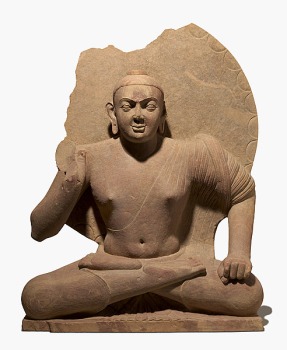
The Seated Buddha in Australia
Wiener’s alleged ties to the black market first came to light in 2014 when Michaela Boland and I reported in The Australian newspaper that the dealer had provided a false ownership history when she sold a $1.08 million Seated Buddha to the National Gallery of Australia. As I detailed later, the story started in 2012 when a source tipped me off that Wiener had bought the Australian Buddha – and a matching one that she sold to the Singapore’s Asian Civilizations Museum – from an Indian antiquities trafficker.
Australian authorities conducted their own investigation and reached the same conclusion. They returned the Buddha to India earlier this year, and Wiener was forced to refund the purchase price.
Wednesday’s criminal complaint cites the two Seated Buddhas as evidence of Wiener’s criminal conduct and reveals important new details about their illicit origins.
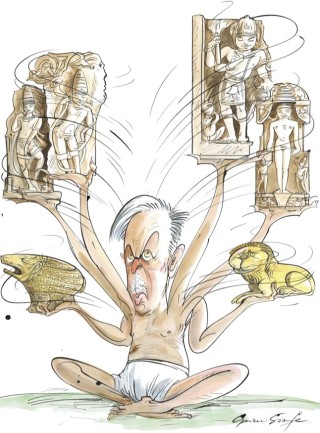 She sold the first to Singapore’s ACM without being asked to provide its ownership history, the complaint states. After I repeatedly asked the museum to release its records (to no avail), the museum appears to have contacted Wiener for additional information.
She sold the first to Singapore’s ACM without being asked to provide its ownership history, the complaint states. After I repeatedly asked the museum to release its records (to no avail), the museum appears to have contacted Wiener for additional information.
According to the complaint, Wiener gave the ACM an evolving series of stories about its previous owner: first she said it had been in a “European collection” for decades; then she said the owner’s father had acquired the piece in India. Finally, she named the former owner and said he had purchased it while stationed in Vietnam in the 1960s. That name, Ian Donaldson, is the same false story she provided to the National Gallery of Australia.
In fact, records seized during the investigation show that Wiener acquired them both from none other than Vaman Ghiya, the notorious Indian idol thief whose criminal case was profiled in the New Yorker in 2007.
Photos of the ACM Buddha seized during the investigation show it “wet as it lay on a dirty floor in front of a black backdrop” – presumably as it appeared shortly after being looted from India’s ancient city of Mathura, the second capital of the Kushan empire. The sculpture remains on display in the Singapore museum.

Auction House Due Diligence in the Spotlight
While they are not accused of criminal conduct, Sotheby’s and Christie’s play a prominent role in the alleged criminal conspiracy described in court records filed Wednesday. Several objects illustrate how the auction houses allowed Wiener to launder looted antiquities by accepting false ownership histories without question.
 When Wiener consigned a Cambodian sculpture of 11th century Shiva at a 2011 auction at Sotheby’s, the auction house noted that cracks in the sculpture “had been dressed up with plaint splatters to mask repairs” – a clear sign of looting, according to the complaint.
When Wiener consigned a Cambodian sculpture of 11th century Shiva at a 2011 auction at Sotheby’s, the auction house noted that cracks in the sculpture “had been dressed up with plaint splatters to mask repairs” – a clear sign of looting, according to the complaint.
Sotheby’s nevertheless accepted Wiener’s word that it had been out of Cambodia since 1968 and required no documentation from the dealer to support the claim. When selling Lot 29 at the March 24, 2011 sale, Sotheby’s described it as coming from a “Private English Collection, acquired 1960s.” “This exceptional figure exemplifies the highest achievements of the Baphuon School and is arguably amongst the best of its kind,” the catalog noted. It sold for $578,500.
In fact, there was no English collection, the complaint alleges. Seized emails show Wiener and a co-conspiritor (“an antiquities dealer based in London and Bangkok”) had acquired the sculpture “direct from a supplier, and not through a dealer” for half its market price. They sent it to London to be “cleaned, put together and mounted,” all evidence, the complaint alleges, that it had been recently looted.
I’ve asked Sotheby’s attorney (and former federal prosecutor) Jane Levine for a comment and will post it when I hear back.

The Doris Wiener Collection
Christie’s is also singled out in the complaint for the sale of nearly 400 objects – many of them allegedly looted or stolen – that had belonged to Nancy Wiener’s mother Doris, a prominent dealer in her own right who pioneered the Asian art market in the 1960s and 70s’s with sales to prominent collectors like John D. Rockefeller and Jacqueline Kennedy.
Doris continued to deal until her death in 2011, when Nancy inherited her mother’s collection and allegedly destroyed all records of the smugglers from whom they had been acquired. Wiener intially tried to consigned the collection for sale at Sotheby’s, but was turned away because she could not provide their ownership history. So Wiener turned to Christie’s, which according to the complaint only required evidence that the objects had been on the market since 2000 – a full 30 years later than the 1970 standard required by most museums and archaeologists.
Even that low bar was too high for Christie’s, which allegedly only asked Wiener for documentation on the top 25 of the sale’s 380 lots. Wiener told Christie’s 10 had come from Spink and Son, a defunct London auction house that has frequently been linked to looted antiquities. Several others had previously been sold at auction by Doris and re-acquired in “straw purchases” designed to create the impression of good provenance.
This dodgy track record for a fraction of the lots appeared to be enough for Christie’s, which auctioned all 380 lots on March 20, 2012 for a total of nearly $12.8 million dollars.
UPDATE: On December 28, Christie’s released a brief statement on the arrest of Nancy Wiener: “We are aware of these very serious allegations against the defendant and are monitoring the legal proceedings closely. We will withhold further comment until the appropriate time.” I’ve asked whether they will notify customers who purchased objects from the Doris Wiener sale and will post a response when I receive it.
Dozens of the objects sold in that sale have now been tied to smuggling networks reaching from Afghanistan and Pakistan to India, Cambodia and Thailand. We’re report details of those networks soon.
A copy of the criminal complaint can be read here:


 The Kushan sculpture of a Seated Buddha was likely returned out of the public eye on Monday because it no longer belongs to the museum. In March 2015, the museum announced that it had returned it for a refund to Nancy Wiener, the New York owner of the Wiener Gallery who sold the statue in 2007 for $1.08 million. Wiener, in turn, agreed to “donate” it to India.
The Kushan sculpture of a Seated Buddha was likely returned out of the public eye on Monday because it no longer belongs to the museum. In March 2015, the museum announced that it had returned it for a refund to Nancy Wiener, the New York owner of the Wiener Gallery who sold the statue in 2007 for $1.08 million. Wiener, in turn, agreed to “donate” it to India.









 The police raids have now spread beyond Tamil Nadu are likely to continue in the coming weeks that authorities unravel the smuggling network and sort through voluminous evidence. Authorities have identified the
The police raids have now spread beyond Tamil Nadu are likely to continue in the coming weeks that authorities unravel the smuggling network and sort through voluminous evidence. Authorities have identified the  Investigators are still looking for links between Dayalan and one of his prominent American clients: Subhash Kapoor, the Manhattan antiquities dealer now standing trial in India for selling stolen antiquities to museums around the world. “We have not got clinching evidence to prove [his] link with the international idol smuggler Subhash Kapoor,” one investigator
Investigators are still looking for links between Dayalan and one of his prominent American clients: Subhash Kapoor, the Manhattan antiquities dealer now standing trial in India for selling stolen antiquities to museums around the world. “We have not got clinching evidence to prove [his] link with the international idol smuggler Subhash Kapoor,” one investigator 
 But authorities have already identified Dayalan as the source of one stolen Kapoor object that has already been returned to India: The Art Gallery of New South Wales‘ sculpture of Ardhanarishvara, whose origins we
But authorities have already identified Dayalan as the source of one stolen Kapoor object that has already been returned to India: The Art Gallery of New South Wales‘ sculpture of Ardhanarishvara, whose origins we 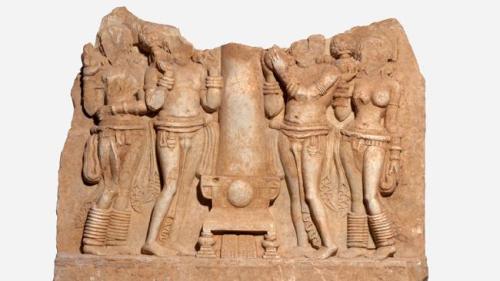









 The National Gallery of Australia’s release does not resolve the questions about the sculpture’s provenance. “In 2007, the NGA regarded the information available about the sculpture as adequate at the time of its purchase with documented provenance outside India in 1964-66. As a result of new research undertaken by the NGA, particularly in light of the recently published Australian Government Guidelines for Collecting Cultural material, the NGA considers it unclear as to whether the work’s export from India complies with current Australian law. Given the passage of time, the NGA is of the view that further clarification on this issue is unlikely. Accordingly, the NGA and NWG have agreed that the best course is to donate the work to a museum or other cultural institution located in India.”
The National Gallery of Australia’s release does not resolve the questions about the sculpture’s provenance. “In 2007, the NGA regarded the information available about the sculpture as adequate at the time of its purchase with documented provenance outside India in 1964-66. As a result of new research undertaken by the NGA, particularly in light of the recently published Australian Government Guidelines for Collecting Cultural material, the NGA considers it unclear as to whether the work’s export from India complies with current Australian law. Given the passage of time, the NGA is of the view that further clarification on this issue is unlikely. Accordingly, the NGA and NWG have agreed that the best course is to donate the work to a museum or other cultural institution located in India.”
 After talking to Stadtner, the Royal Ontario Museum decided pass on the sculpture, Dewan confirmed in a recent email. Months later, Wiener offered it to the National Gallery of Australia for USD$1.2 million.
After talking to Stadtner, the Royal Ontario Museum decided pass on the sculpture, Dewan confirmed in a recent email. Months later, Wiener offered it to the National Gallery of Australia for USD$1.2 million.

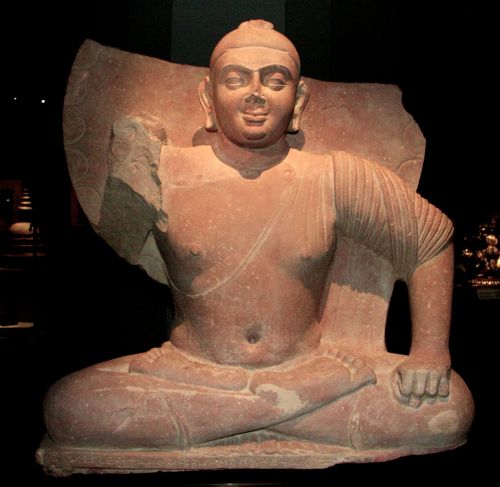
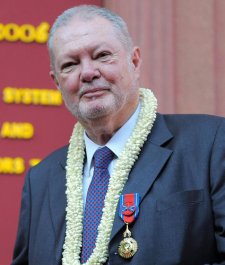






 Five of the 22 objects were said to have come from Raj Mehgoub, whose humble lifestyle we’ve
Five of the 22 objects were said to have come from Raj Mehgoub, whose humble lifestyle we’ve  Three of the objects cited the previous owner as Salina Mohamed, Kapoor’s longtime girlfriend. In December, Mohamed
Three of the objects cited the previous owner as Salina Mohamed, Kapoor’s longtime girlfriend. In December, Mohamed  One object reportedly came from another of Kapoor’s ex-girlfriends, Paramaspry Punusamy, the owner of Dalhousie Enterprises and Jazmin Asian Arts in Singapore. Punsamy is
One object reportedly came from another of Kapoor’s ex-girlfriends, Paramaspry Punusamy, the owner of Dalhousie Enterprises and Jazmin Asian Arts in Singapore. Punsamy is 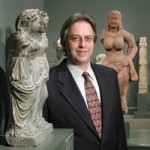 Kapoor claimed to have consulted with several leading Asian art experts, including Stephen Markel (left), curator of Asian art of LACMA, which acquired
Kapoor claimed to have consulted with several leading Asian art experts, including Stephen Markel (left), curator of Asian art of LACMA, which acquired 
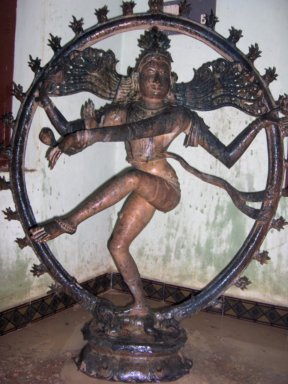



 The NGA’s lawsuit against Kapoor revealed that the dealer provided the museum with a different false provenance: one listing Raj Mehgoub and her husband Abdulla as the former owners:
The NGA’s lawsuit against Kapoor revealed that the dealer provided the museum with a different false provenance: one listing Raj Mehgoub and her husband Abdulla as the former owners:



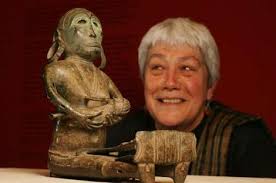

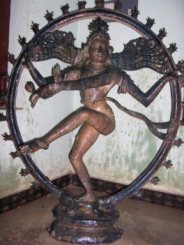

 If Kapoor defends the NGA lawsuit, the Australian museum could face these awkward questions. We know, for example, that NGA Director Ron Radford (left) personally met with Kapoor in his New York gallery. Might we hear Freedman or Kapoor’s version of what exactly Radford knew at the time?
If Kapoor defends the NGA lawsuit, the Australian museum could face these awkward questions. We know, for example, that NGA Director Ron Radford (left) personally met with Kapoor in his New York gallery. Might we hear Freedman or Kapoor’s version of what exactly Radford knew at the time?
